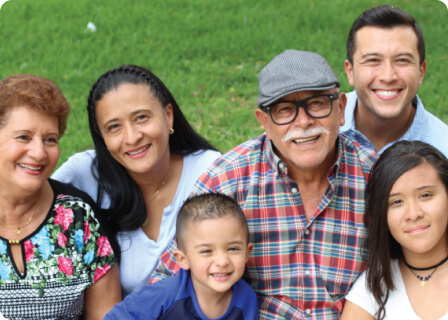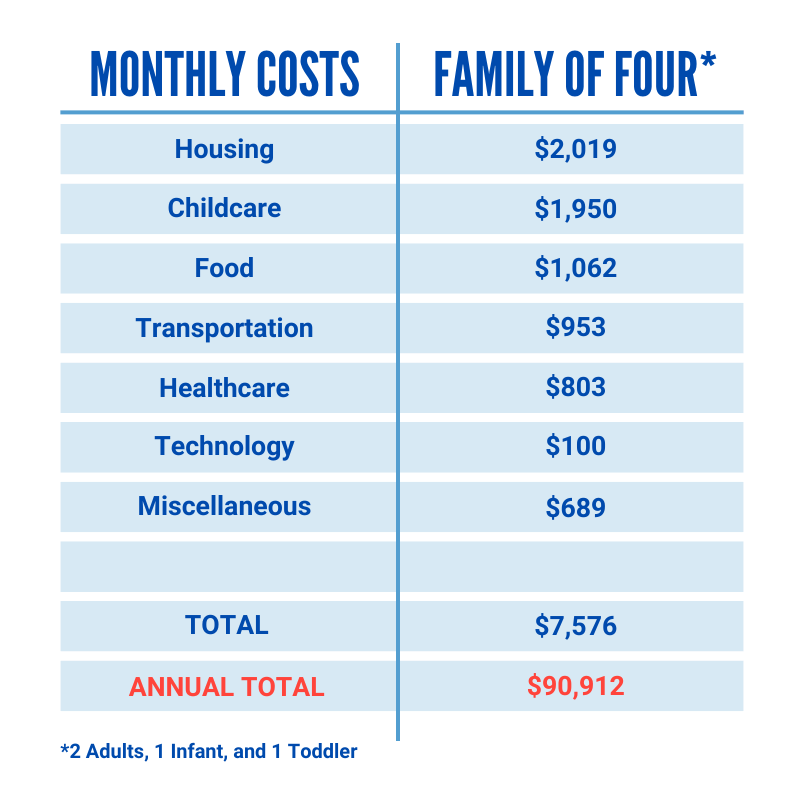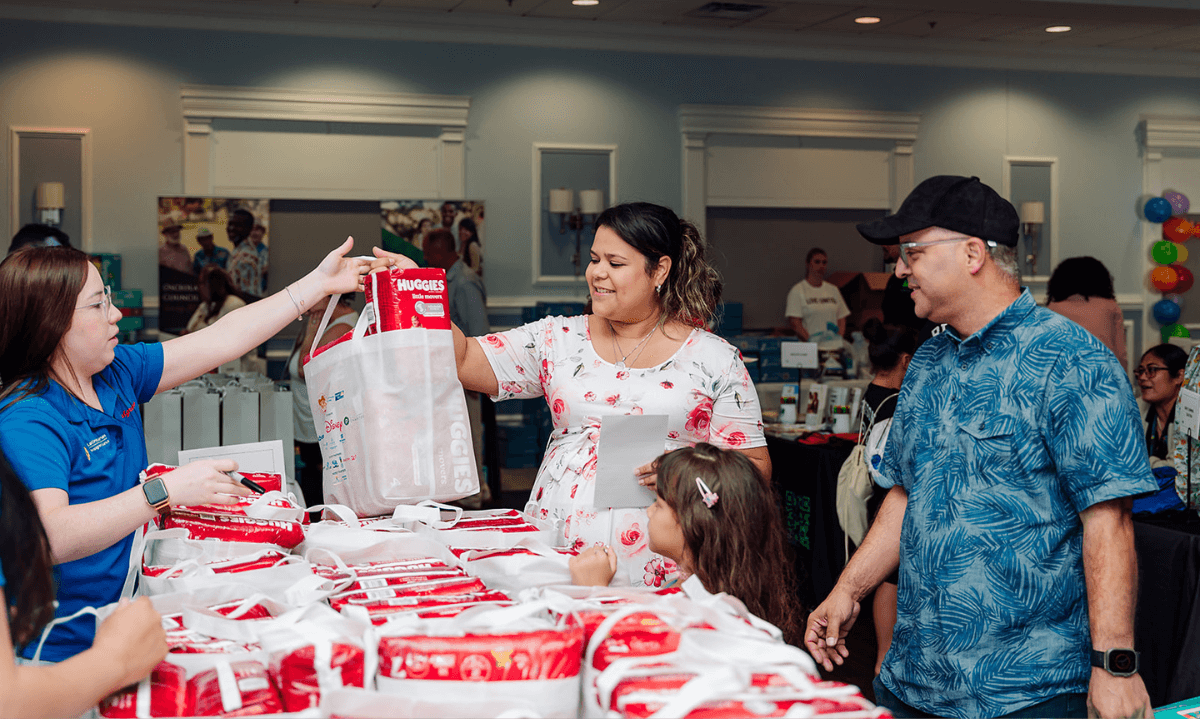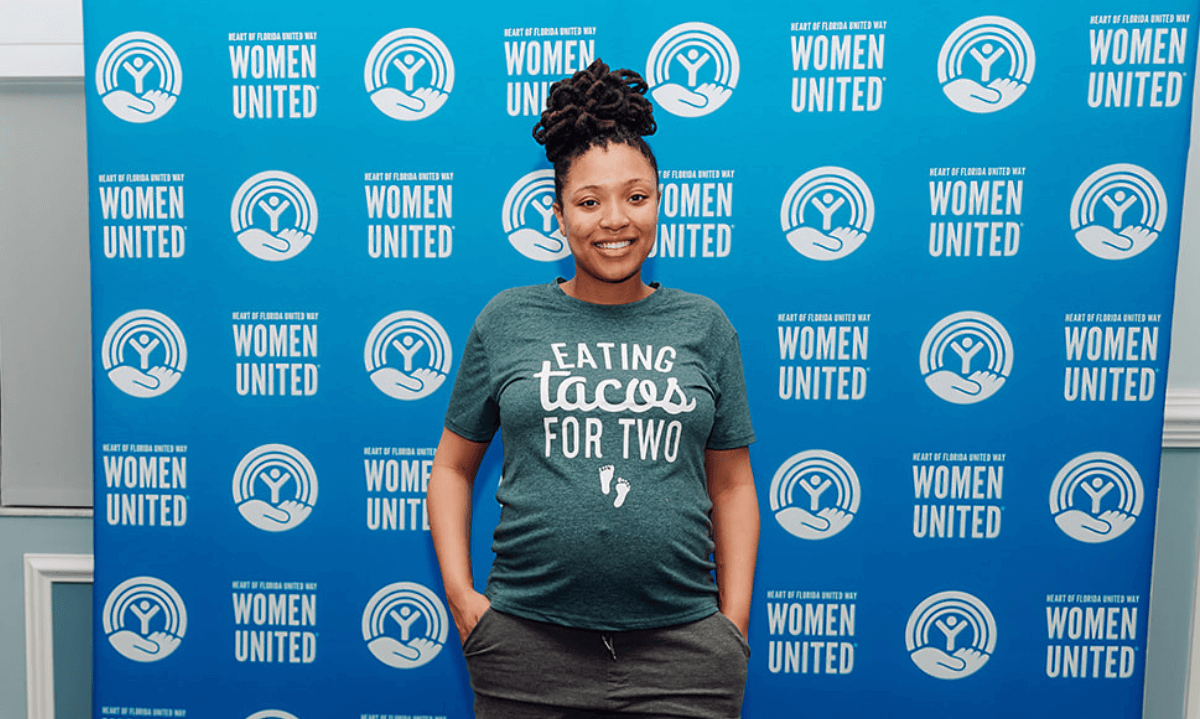
Who is ALICE?
You know ALICE. You see ALICE every day. They are the childcare worker at your daycare, the cashier at your supermarket, aging parents on Social Security, your child’s teacher, waiters and waitresses, office clerks, and others. They are essential, yet they struggle to survive.
ALICE is Asset Limited, Income Constrained, Employed.
ALICE is hardworking, yet one emergency from financial ruin. They live in continuous fear of an unexpected bill that may extend them beyond their already tight budgets.
ALICE is more prevalent than you might think. In fact, 47% of households in Central Florida — including ALICE households — are struggling to make ends meet.
Together, when we LIVE UNITED, we can change that.
Take a Walk in ALICE’s Shoes
Wonder what it’s like to be ALICE? Take a walk in ALICE’s shoes and discover the difficult decisions an ALICE household makes every day when living paycheck to paycheck.
ALICE REPORT
ALICE in
Central Florida
To better understand who ALICE is and the issues affecting them, Heart of Florida United Way partners with United for ALICE to produce county reports based on local research about these households. Equipped with quantifiable data that provides insight into the challenges facing ALICE, our community can better able to respond to the needs of ALICE.
Based on the latest report, the number of Central Florida households unable to afford basic needs increased between 2019 and 2021, reflecting a total of 386,077 households throughout Orange, Seminole, and Osceola counties.
Delve into the comprehensive ALICE Reports that reveal the real-world struggles, the economic realities, and the specific needs of the ALICE population in our region. These reports provide a deeper understanding of the critical issues they face, shaping Heart of Florida United Way’s targeted efforts to bring about lasting change.

ORANGE COUNTY
Population
1,422,746
Number of Households
512,496
Median Household Income
(state average: $63,062)
$64,833
ALICE Households
(state average: 33%)
32%
Households in Poverty
(state average: 12%)
15%

OSCEOLA COUNTY
Population
403,282
Number of Households
133,330
Median Household Income
(state average: $63,062)
$60,585
ALICE Households
(state average: 33%)
37%
Households in Poverty
(state average: 12%)
13%

SEMINOLE COUNTY
Population
470,093
Number of Households
188,239
Median Household Income
(state average: $63,062)
$70,236
ALICE Households
(state average: 33%)
33%
Households in Poverty
(state average: 12%)
10%

Living Paycheck-to-paycheck: The ALICE Reality
Imagine working a full-time job and still having to make an impossible choice like choosing between groceries or gas money. That is the reality for many hardworking ALICE individuals and families in Central Florida.
Rising housing costs and inflation are disproportionately impacting the financial stability of ALICE families and individuals, straining budgets and limiting their ability to afford the rising cost of living.
At Heart of Florida United Way, we are dedicated to advocating for ALICE households. That’s why we are committed to educating others about ALICE’s reality. The chart demonstrates the financial limitations a family of four earning $90,000 a year in Central Florida is faced with.
AN ALICE Story
Inspiring Journeys
-

A Warm Smile and a Big Help: How Shantel Smith Persisted to Stay in School
Shantel Smith had always prided herself on being financially responsible, carefully budgeting every dollar to make ends meet. But despite her best efforts, life threw her a curveball. When her car broke down, the repair costs were more than she could afford. The weight of unplanned expenses loomed large, and Shantel faced the difficult reality…
-

Paying it Forward: The Impact of Community Support
Jose Luis Aponte and Alis Orozxo, Central Florida parents struggling to make ends meet, found hope and support through our Community Baby Shower. Inspired by the help they received, they volunteered their time to assist other expectant parents. Discover their inspiring story and learn how you can help build a stronger community for families in…
-

More Than Supplies: How a Community Baby Shower Rekindled Hope for Tamara, a Single Mom in Need
Single mom-to-be Tamara Allen expected to collect just a handful of free things for her future son Nolan at Heart of Florida United Way’s Community Baby Shower. But the event offered her something far more valuable: hope for the future. Prior to relocating to Florida, Tamara had a stable job at the U.S Postal Service…




